In 2015, Harshita Kakwani shifted lock, stock and barrel from Indore to the buffer zone of Pench Tiger Reserve to give a better life to her then infant child in the lap of nature – a move that required guts and determination. Here, Harshita met the tribals and was introduced to their wealth of knowledge about food and medicine obtained from the forests. She started multiple enterprises supporting the tribals and empowering them to showcase their indigenous wisdom to the world. She learned traditional recipes and conducted popups in cities, carrying the knowledge of the forests with her. This is the story of Harshita, her spirit and her wisdom – it’s the story of a powerful woman who is working to preserve the secrets of the forests and bringing about a change in the urban perception about sustainable foraging.
My Sindhi Roots
I was born and raised in Indore, a city known for its love of food. My connection to food runs generations deep—both sets of my grandparents, after being displaced from Sindh, began their new lives in India through food businesses. Many of my earliest and most vivid memories revolve around those kitchens and shops, where food was not just sustenance but a way of rebuilding and community.
As a child, I used to accompany my Daadi to a lot of satsangs, sometimes early in the morning at assur vela too. The fragrance of the prasad she would make for Satyanarayan Katha, or the sacred threads she would tie for Sukhmani Path, are some of my first childhood memories. As the firstborn grandchild, I spent a lot of time with my grandparents, learning values while they went about their daily lives. I dearly love the geeyar, the Sindhi delicacy available only during Holi, and till date, my mother makes sure I receive a box.
I clearly remember my indulgent bread rabdi breakfasts with Dadaji on Sundays—full-fat milk slow-cooked for hours to make lachedar rabdi, served with fried bread soaked in sugar syrup.
Koki, doda, seyal bread, and besani are some of my other Sindhi favourites.
A Food Entrepreneur
Encouraged by my father to pursue my entrepreneurial instincts early on, I launched my first venture—Harshi’s Fine Chocolates—at the age of 17. My father used to frequently travel abroad and bring exotic chocolates. He challenged me to recreate these flavours, and I rose to it. I learned the art of making chocolate and eventually set up a unit in Indore to manufacture over 200 varieties of handcrafted chocolates. Though the business eventually closed when I went abroad to study marketing, it sowed the seeds of my passion for food entrepreneurship. I also learnt baking through online platforms.
On returning to Indore, I built a career in marketing and branding and founded central India’s first digital media agency, working with numerous food and beverage brands—bringing me back to food.

My Move to Pench
For a city dweller, the move to the fringes of the forest was not easy. There were weak phone networks, frequent power cuts, and a lack of basic essentials. I had to rely on fortnightly parcels from Indore. But I gained what I always wanted for my family—deep, meaningful, quality time with my children, surrounded by nature.

Discovering Forest Wisdom
Living amidst nature, I quickly realized how real and urgent climate change is. I have planted over 500 indigenous plants since I moved to Pench and have been practicing organic farming too.
Working along with the forest dwellers and observing their culture, my eyes opened to various ingredients and health practices I had never encountered in my life. As I dug deeper, I realized that I was sitting on a culinary gold mine, and that I had just scratched the surface.
I went around the village, talking to tribal elders who solely relied on the forest for food and medicine.
It was upsetting to note that farming had led to a decline in the use of foraged, seasonal, and nutritional produce, and that most village homes were now eating exactly what a city dweller would consume.
I collaborated with local food preservationists and learned to cook with mahua—a fast-growing tree adaptable to arid environments and endemic to tropical and deciduous forests in central India. It is a superfood, and its fruit, flowers, and seeds are full of possibilities.
I discovered the cooling properties of palash flowers and how to cook foraged monsoon greens. In fact, each forage walk with the locals led to new insights.
I have made contemporary ready-to-eat products using these traditional items, such as teas from blue pea flowers and other flora of the forest. The Jeera Shankar rice of the district has a GI mark, but most of the tribals have moved to growing more commercial varieties. They need to be encouraged to grow indigenous produce.
Back to Baking
I realised that there was a need for a bakery at Pench to cater to the various resorts in the area. I started a full setup, along with freshers from the village who have since learnt bakery production and can make some superior products from scratch.
We now make breads, desserts, and fresh cream cakes that we retail from our own cafe and also supply to the resorts. We also take orders for cakes from tourists who are celebrating birthdays and anniversaries while holidaying in Pench.
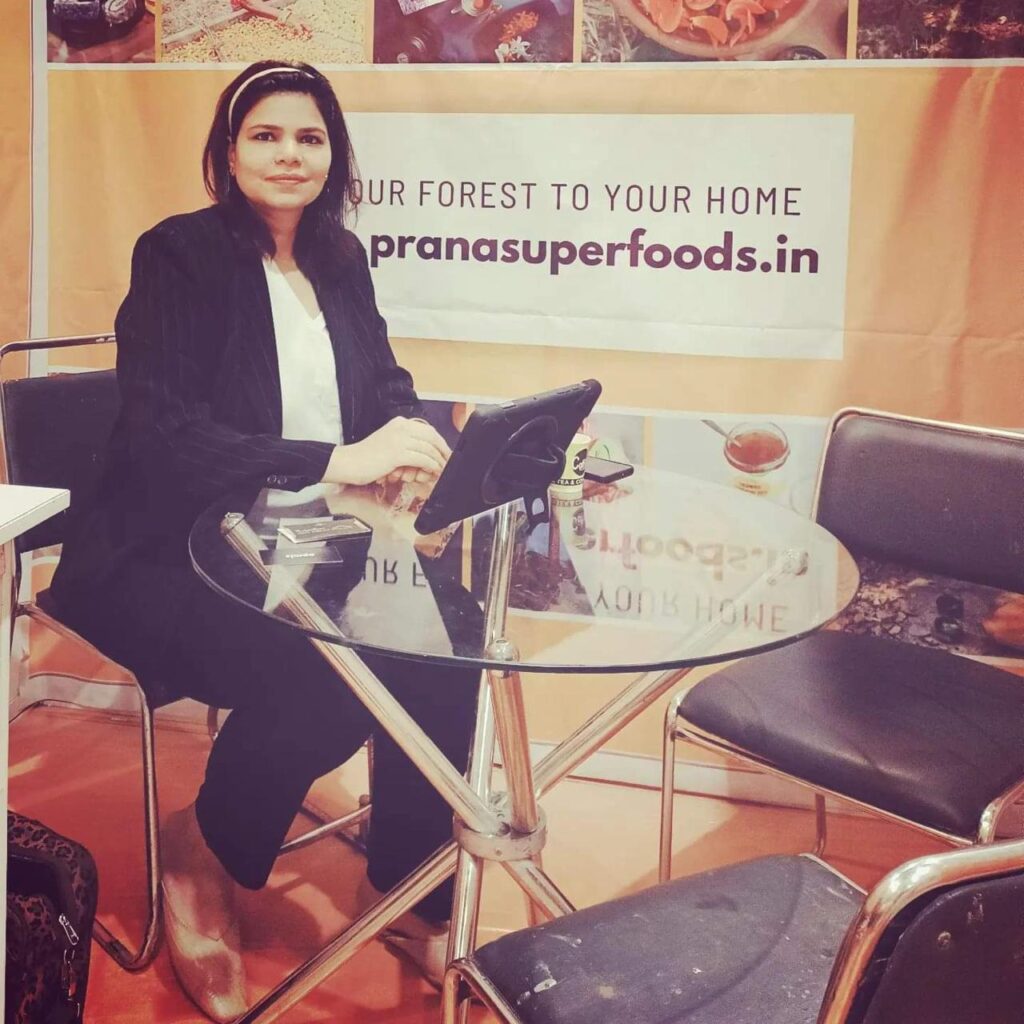
My Ventures – Prana Superfood and Earth Song
With my background in food entrepreneurship, I decided to set up a processing unit to sell handcrafted pickles and forest honeys to the tourists visiting Pench.
Living close to the forest opened up a world of discovery—new ingredients, traditional knowledge, and a deeper understanding of seasonal abundance. I began studying their nutritional value and later pursued Ayurveda in Kochi, Kerala, which connected the dots between forest produce and holistic wellness.
That journey led to the birth of Prana Superfood, a unit that supports small farmers and provides alternative livelihoods for women in forest-fringe communities. While empowering the locals, this enterprise gives consumers access to high-quality and affordable products.
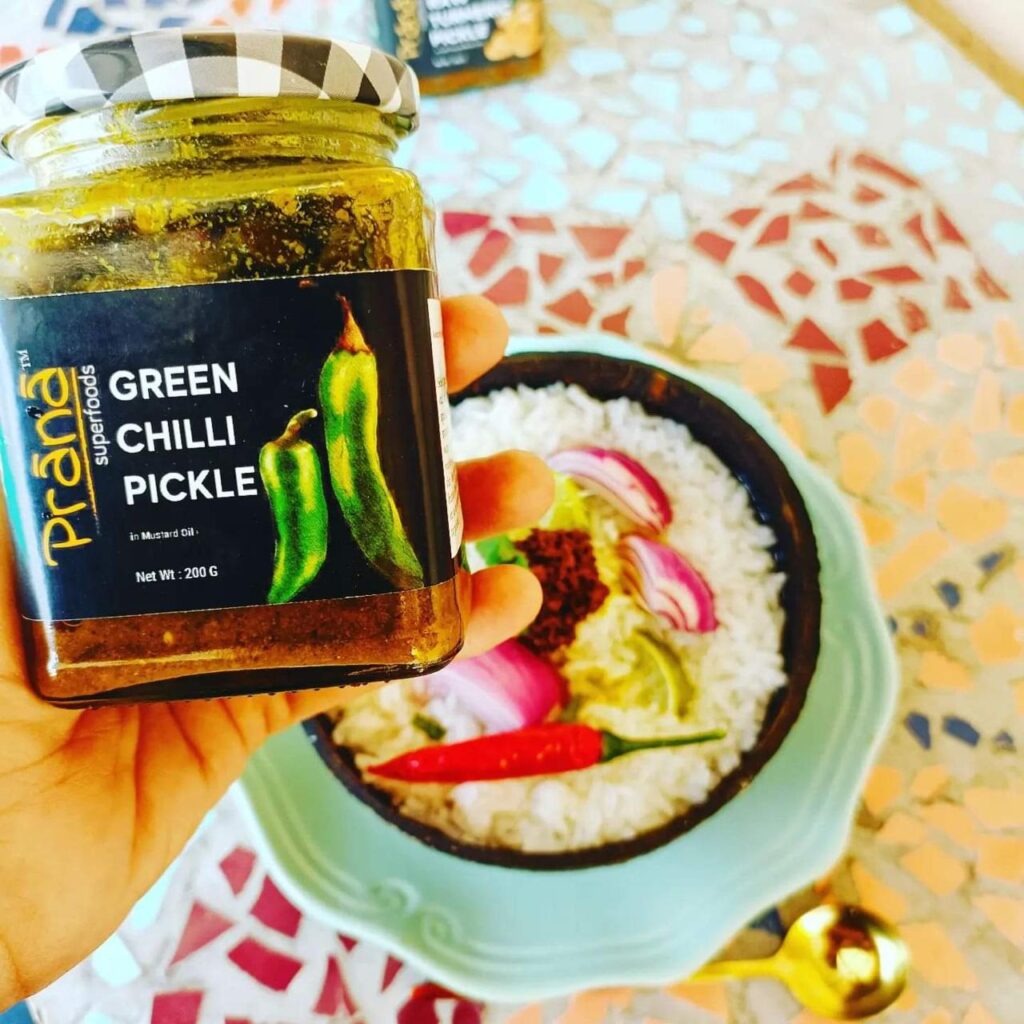
Our products are available at souvenir shops, resorts, and cafes in Pench and on our website: www.pranasuperfoods.in. We have also collaborated with health food stores and green cafes to display or use our products as ingredients in their healthy menus.
We plan to make a stronger online presence with automated processes, list our products on various e-commerce platforms, and develop new products and experiences through food for the tourists visiting the tiger reserve.
Earth Song, our café, is a platform to retail Prana products to tourists and serves brews and baked goods using forest ingredients. Both ventures are manned by the locals trained by me.
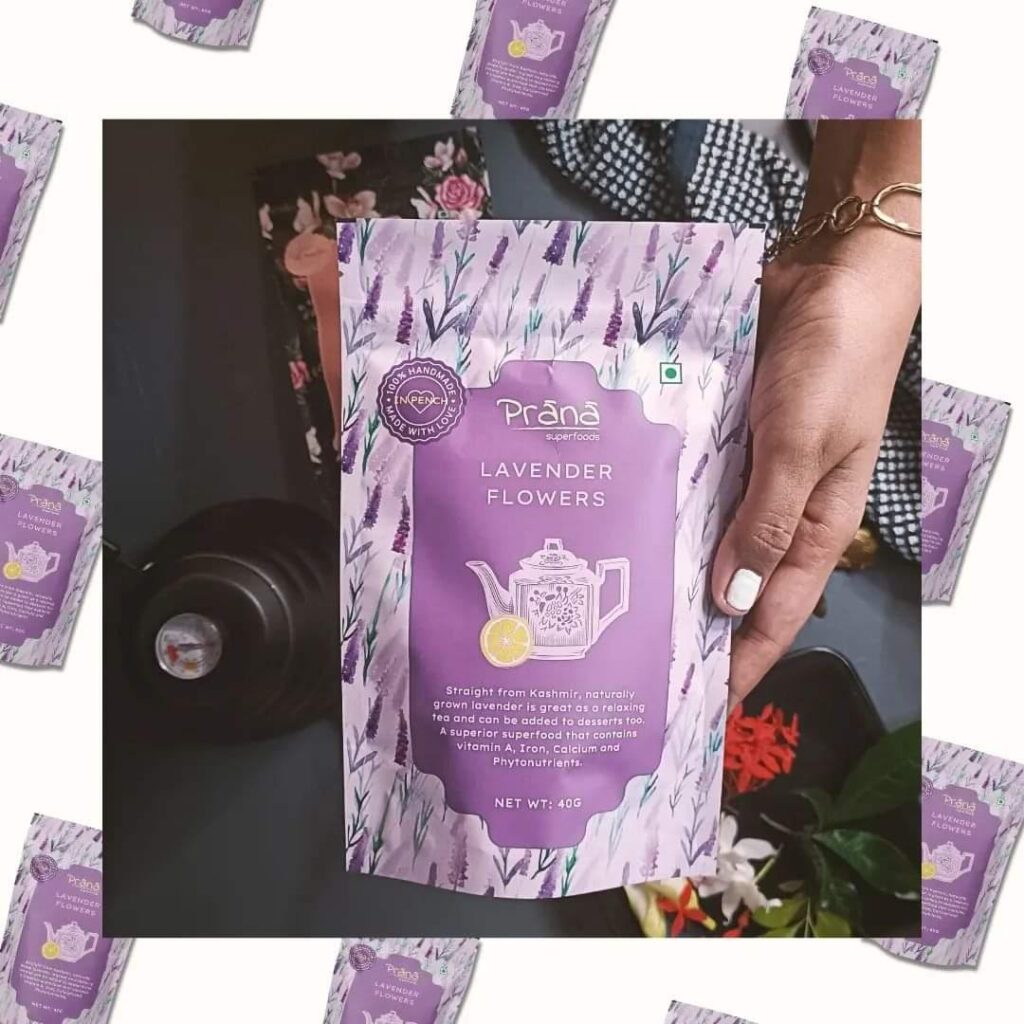
Our Star Products
We have many products which are harvested directly from the forests or made using the indigenous ingredients and wisdom. Some of our top most products are:
Forest honey – sustainably harvested and prized for its flavor and purity
Mahua oil – a nourishing elixir used for skin, hair, and cooking
Handcrafted spice blends – freshly made blends known for their taste and wellness
Locally grown tisanes – caffeine-free infusions rooted in indigenous traditions
The Scope of Earth Song Café and Prana Products
We are very intentional about partnerships and collaborations, working with people who share our values. Our products are available online via our Instagram page and WhatsApp, allowing us to connect directly with conscious consumers.
We also participate in farmers’ markets and sustainable food festivals, which help us engage with new audiences, test new ideas, and build a community that truly values indigenous food systems.
I plan to expand my reach directly to consumers through more retail points in Pench and our website. We also plan to add other products that are handcrafted in Pench and will provide economic growth to the women of the region.
I wish to enhance the experience aspect of visiting Pench for food enthusiasts, by curating foraging and food walks, tribal food cookouts, etc.
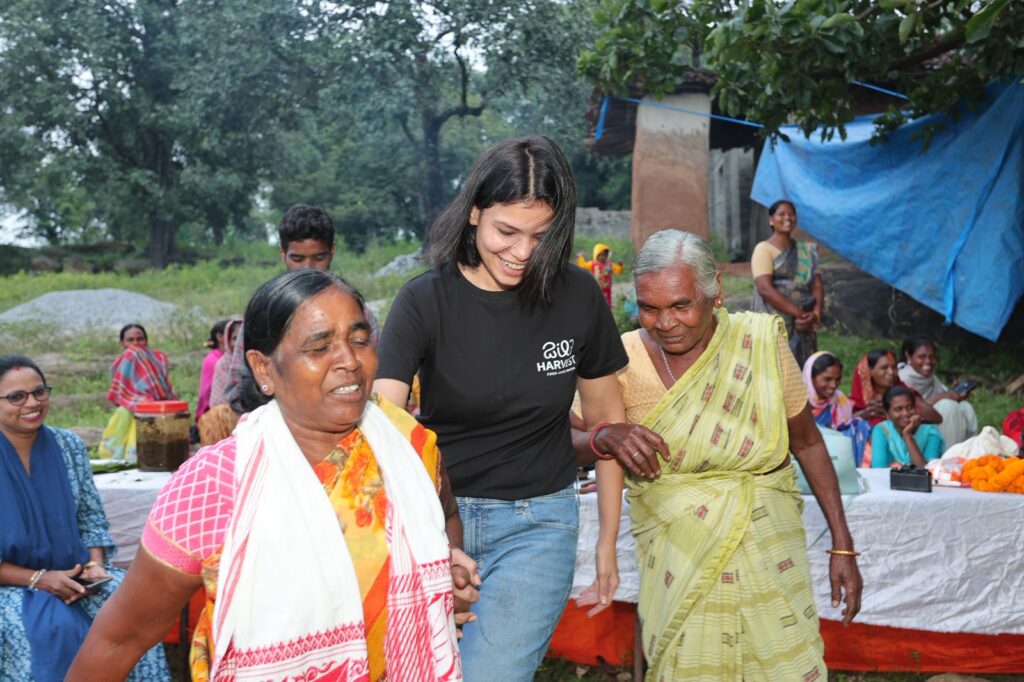
Forest Foraging
My journey into foraging and engaging with tribal communities started as a mother. I wanted to raise my child with minimal dependence on medicines, and the local tribal women shared invaluable natural remedies and health practices. I validated their wisdom through research, which only deepened my respect for their knowledge.
Foraging became a part of daily life through nature walks, where I’d often watch locals collecting seasonal produce. Over time, I began learning to identify and use these ingredients, picking traditional recipes, gradually developing them into dishes that honored their roots but also appealed to the urban palate.
The Forest Ingredients That Excite Me the Most
Every season brings new delights, but mahua flowers remain my favourites. They’re nutritionally rich, versatile, and deeply rooted in our culinary heritage. I love experimenting with them—from baked goods to traditional sweets.
I’m also fascinated by the wild mushrooms that emerge with the rains, and the resilient, self-planting vegetables that thrive without human intervention. These ingredients reflect the forest’s ability to nurture and heal, which I find incredibly inspiring.
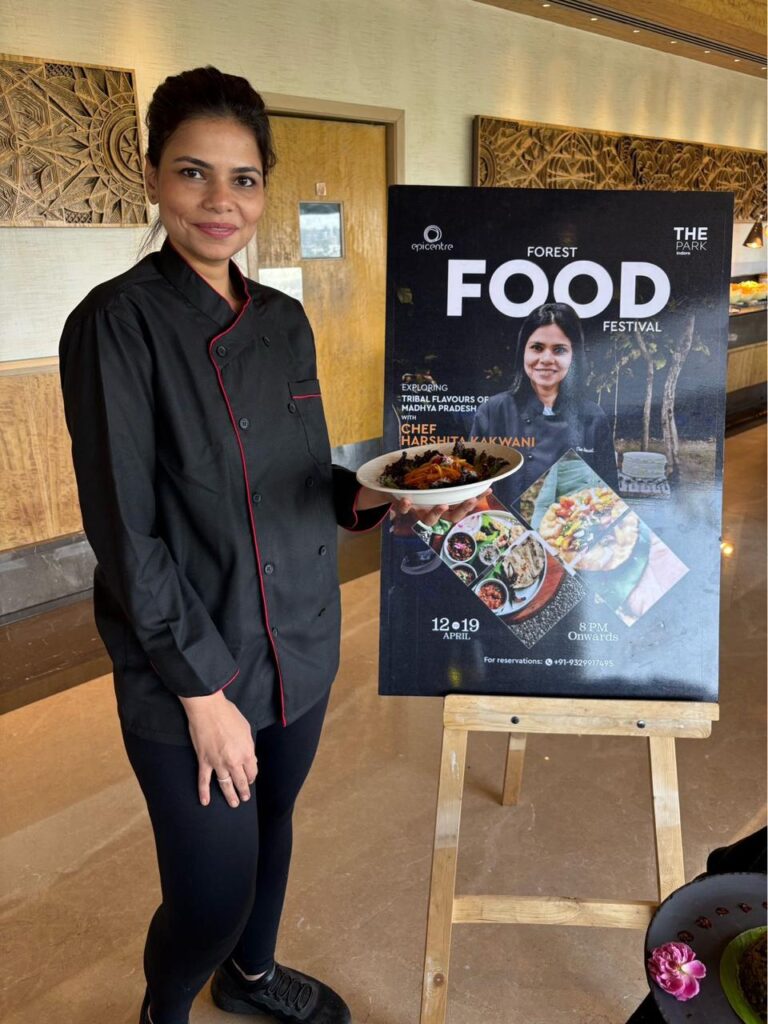
Urban Response to Forest Foods
I’ve done forest food pop-ups in cities like Mumbai, Ahmedabad, Indore, Nagpur, and Vadodara. I’ve noticed that people with even a little exposure to forest life are far more curious and open to trying indigenous foods.
However, general public awareness is still limited and often driven by stereotypes—everyone’s heard of mahua liquor, for instance, but few know about the culinary uses of the flower. That said, I’ve met some incredibly adventurous eaters who are thrilled to discover how sophisticated and sustainable our ancestral cooking techniques really are.
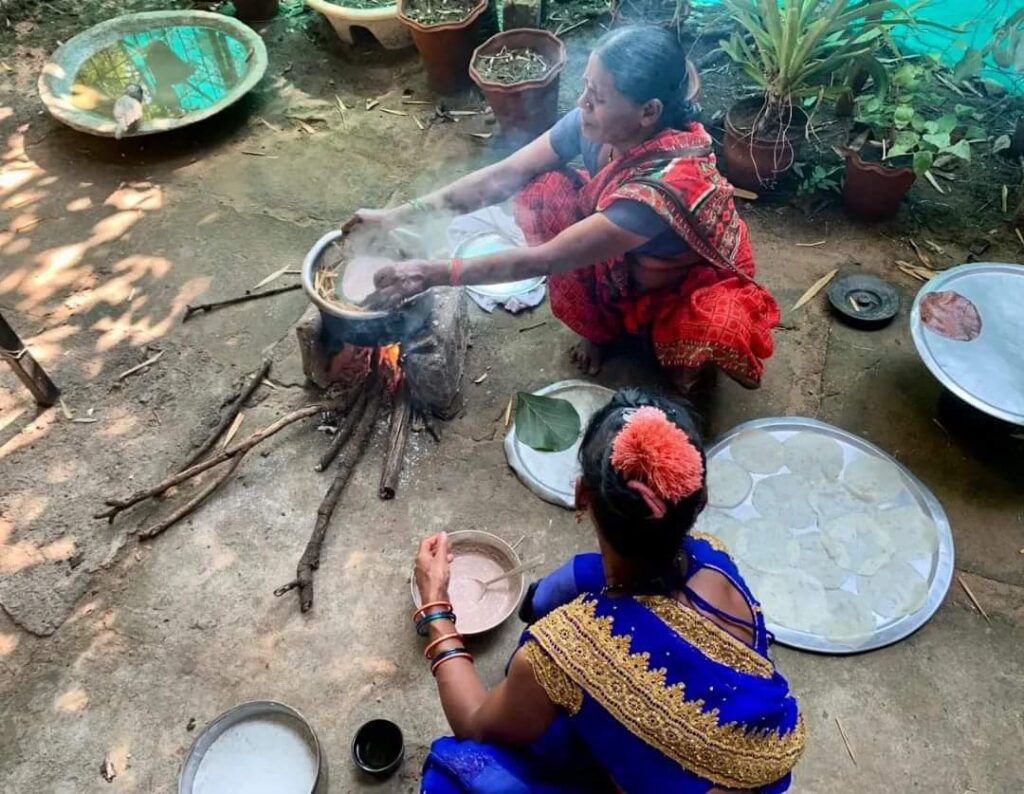
Signature Dishes
One of my favorite culinary moments was learning to make a simple tribal snack called Dumbu during a cookout in a small village in Jharkhand. I later recreated it, with a personal touch, at a pop-up at The Park Hotel in Indore—and it was a hit.
I’m constantly innovating with rare meats and lesser-known forest ingredients, blending tradition with modern technique. But some things, like a warm, old-school gulgula, are best kept classic—unpretentious, nostalgic, and universally comforting.
The Role of the Government, Businesses, NGOs, etc. in Promoting Sustainably Foraged and Farmed Foods
Our forests hold immense untapped wealth. There needs to be more research into indigenous superfoods, better branding and packaging, and smart distribution strategies—just like how California almonds or US blueberries are promoted in India. Why can’t mahua or chironji receive the same global polish?
We must build narratives around our own heritage foods and ensure tribal communities are paid fairly. Most importantly, we need sustainable and skill-building initiatives that don’t fade away once government funding ends. Real, long-term communication and investment are the keys to transforming these local treasures into national staples.

My Vision for Preserving Native Foods
I want to collaborate with changemakers, policymakers, and F&B professionals who want to rewrite the narrative around native foods. I hope to engage chefs, especially aspiring ones, who are often trained in foreign cuisines but remain unaware of the wealth in our tribal ingredients.
I want to help tribal communities rediscover pride in their produce and educate consumers—many of whom unknowingly sacrifice health for convenience. Through writing, speaking, and sharing, I hope to preserve and amplify the incredible knowledge still alive in our forests—before it disappears with the elders who carry it.
Narrated by Harshita Kakwani
Written by Jyoti Mulchandani

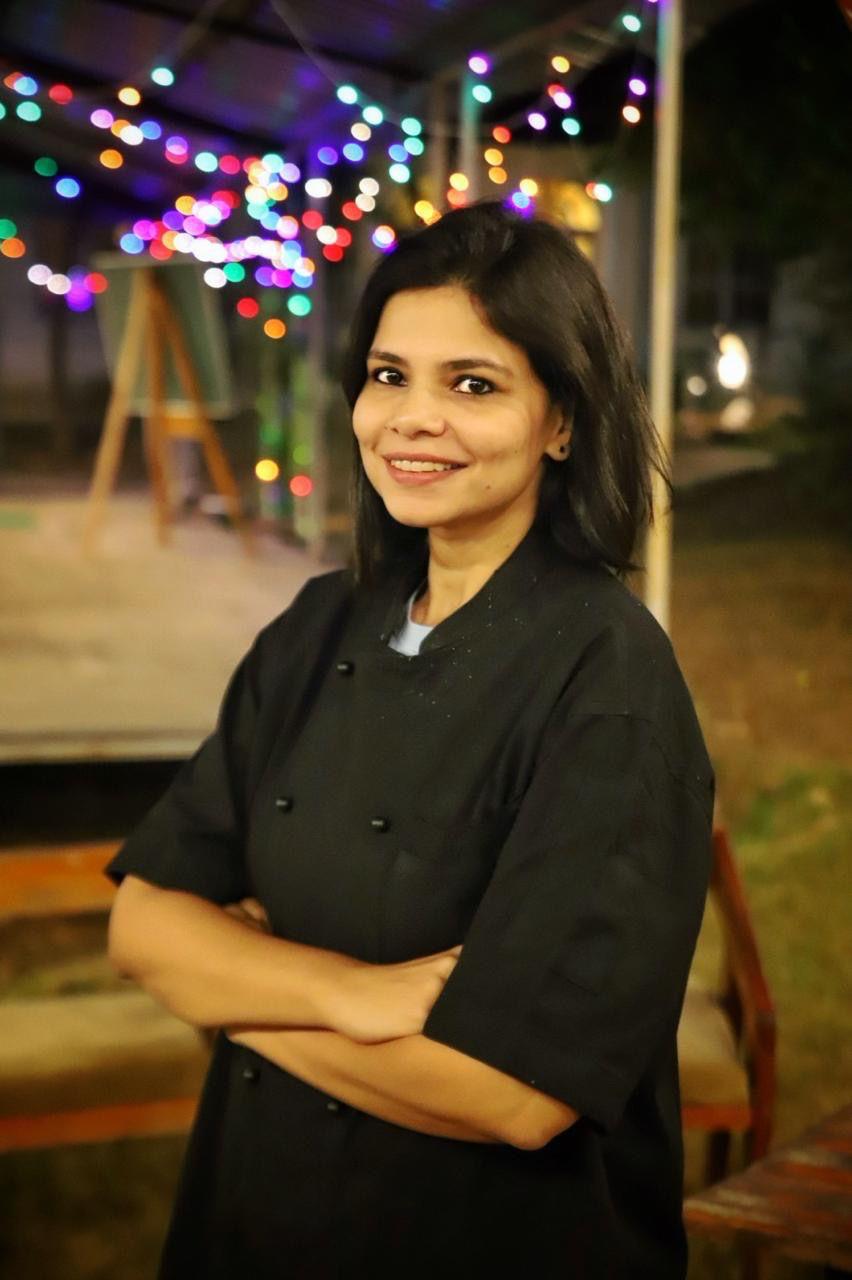
Give a Reply